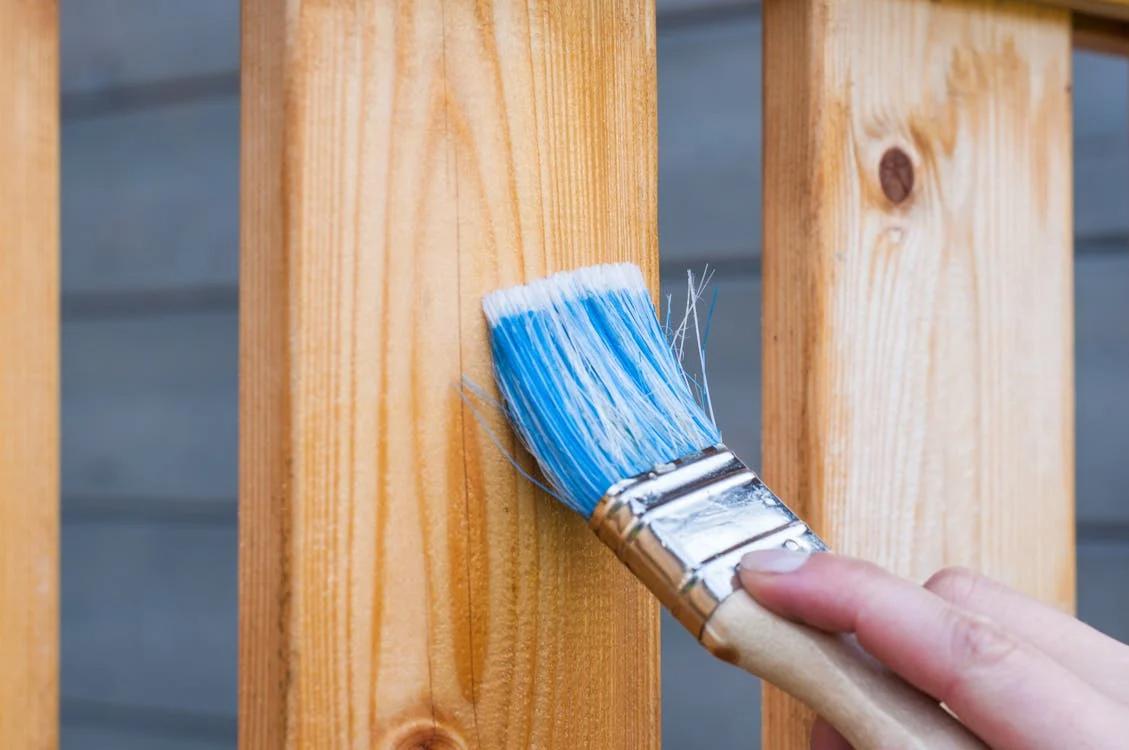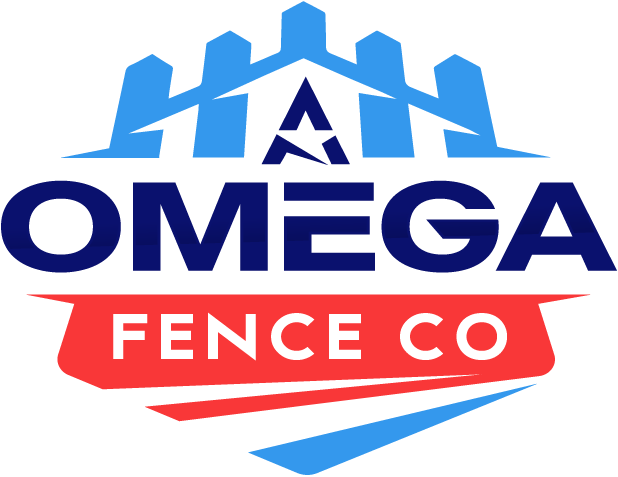Installing a new fence might seem straightforward—choose a material, hire a contractor, and mark your yard. But in reality, fence installation involves more behind-the-scenes planning than most homeowners expect. Missing even a small detail in the early stages can lead to costly adjustments down the line. If you’re thinking about enhancing your property’s security or privacy, it’s important to avoid the common mistakes that others often overlook.
Don’t Assume You Know Your Property Lines:
One of the most frequent oversights is failing to verify the actual property boundaries. Homeowners often trust where the current fence stands or assume a neighbor’s landscaping defines the edge. Unfortunately, this can lead to disputes, required relocation, or even legal trouble. Before contacting fence companies, obtain a land survey or check municipal property records to ensure your fence sits where it legally should.
Local Codes Can Cost You:
Another often-forgotten factor is local fencing codes. Every municipality has specific regulations governing height, material, and placement. For instance, your city might limit the height of a backyard wood fence installation or require spacing between pickets in a front yard fence. Ignoring these rules can mean redoing the work or paying fines. Trusted fence contractors are usually familiar with these regulations and can guide you through the permitting process.
Terrain Isn’t Always on Your Side:
A flat yard makes fence installation easier, but sloped or uneven ground requires special planning. Changes in elevation can cause gaps beneath panels or require custom installations that increase labor and material costs. Whether you’re considering vinyl fence installation for its durability or aluminum fence installation for a sleek, low-maintenance look, terrain matters. Discuss your landscape challenges early with your contractor to avoid design issues later.
Future Repairs and Accessibility:
It’s easy to focus on aesthetics and forget about long-term upkeep. Think about how you’ll access areas behind the fence for landscaping, pool maintenance, or fence repair. Gates placed too far from work zones or narrow access points can become a major inconvenience later. Always plan for practical use as well as appearance.

When it’s time to install a fence, it’s more than just setting posts—it’s about preparation. At A Omega Fence Company, we understand that residential and commercial fencing serve distinct needs and require thoughtful execution.
Contact us today and let us help you get it right the first time with expert planning and dependable service.

